13 Amazing Facts About Cat Whiskers

Why Do Cats Have Whiskers? What They Do & How They Work?? ![]()
These noticeable features on every cat’s face range from long and whimsical to short and functional.
But have you ever wondered why your cat has whiskers, how they work, and other fun facts about them? Prepare to be amazed as we explore 13 amazing facts about cat whiskers.
1. Cat Whiskers Are Very Sensitive 🐾
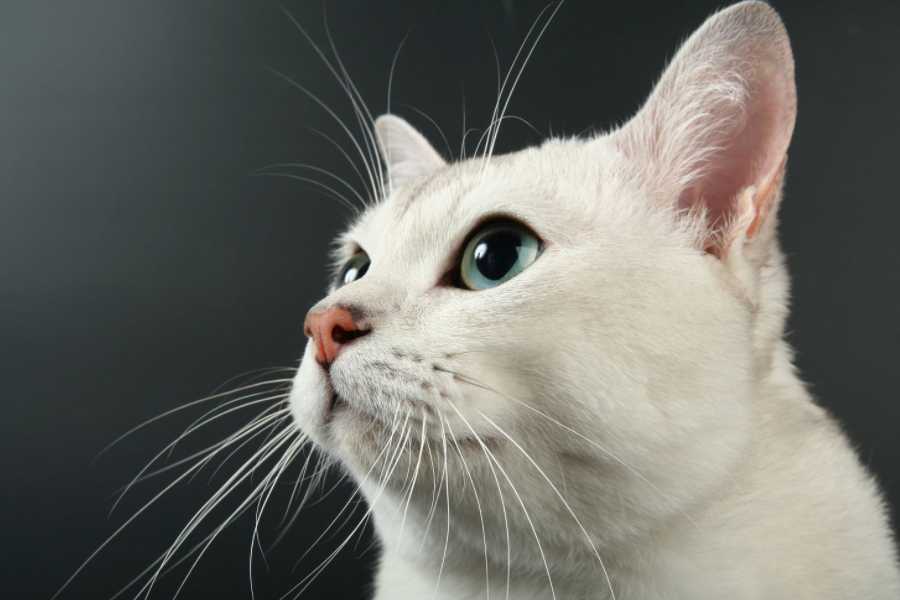
Cat whiskers are not just normal hairs. They are thicker than normal hairs and far more sensitive. Whiskers are made up of a type of protein called keratin and are more deeply embedded into a cat’s skin than regular hairs.
The end of the whisker, called a follicle, is connected to the cat’s muscular and nervous system, allowing messages to be transmitted from the whiskers to the brain. Each whisker also contains a proprioceptor, a sensory receptor that contributes to a cat’s balance and movement.
All of these contribute to making the whiskers incredibly sensitive. Interestingly, a cat’s whiskers are as sensitive as human fingertips.
2. They Are Symmetrical 🦋
There are lots of examples of symmetry in nature, from a butterfly’s wings to the shape of snowflakes, and cat’s whiskers are no exception. Cats are typically born with 24 whiskers, 12 on each side, usually arranged in four horizontal rows of three whiskers each.
While the total number of whiskers can vary, a cat will always have an even number of whiskers, arranged symmetrically on a cat’s face. Symmetry is very important as it allows a cat to get an accurate read on its environment.
3. They’re Very Expressive 😺
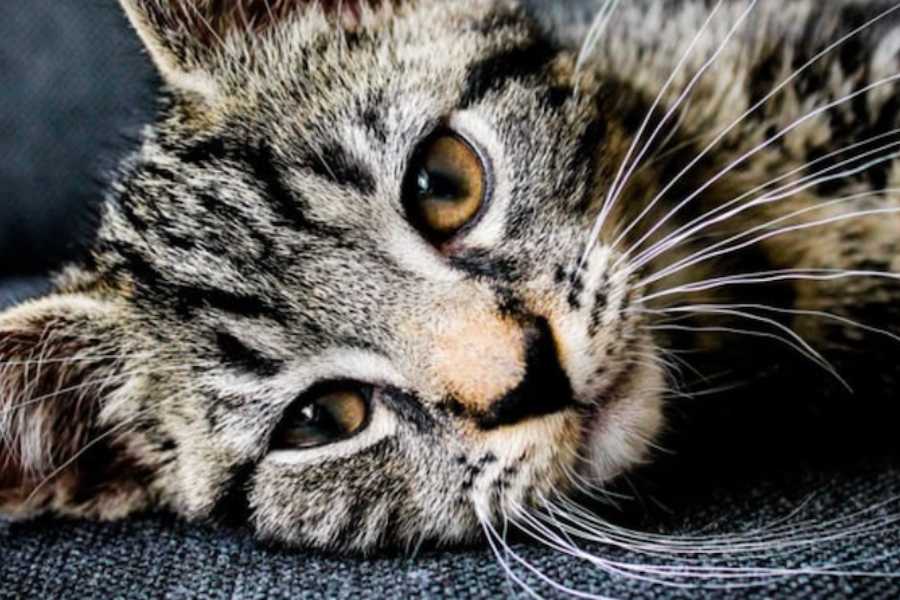
You can learn a lot about how a cat feels by looking at its whiskers. If a cat’s whiskers are relaxed and are not holding any tension, it’s probably feeling light-hearted and content. Forward-pointing whiskers suggest that a cat is feeling alert and evaluating its environment.
Whiskers that are pinned back indicate fear and nervousness. Cats can express their emotions through their whiskers’ movements. However, it’s important to consider all of a cat’s body language to get the most accurate understanding of how it’s feeling. This includes the positioning of its ears and tail.
4. Cats May Experience Whisker Stress 😿
Because a cat’s whiskers are so sensitive, they can easily become quite overwhelmed if their whiskers are receiving too much stimulation. This phenomenon, known as whisker stress or cat whisker fatigue, is a controversial subject.
It is suggested that whisker stress occurs when a cat has to repeatedly rub its whiskers against its food or water bowls. As a result, there are a lot of whisker-friendly bowls for cat owners to purchase instead of traditional bowls. Whether or not whisker stress is a real thing remains a debate.
5. Whiskers Aid with Night Vision 🌙
Cats can successfully navigate dark environments during the night due to a combination of factors. First, they have much better night vision from their eyes than humans do. However, their whiskers also contribute to a cat’s ability to prowl at night.
As mentioned, whiskers are extraordinarily sensitive and do not need light to function as they pick up on changes in the environment like air currents and temperature. So cats especially rely on their whiskers at night time to provide sensory input.
6. Whiskers Shed and Regrow 🍂

Just like other hairs, whiskers grow and shed. Whiskers follow the lifespan of other hairs, going through the growth, dormant, and shedding phases. It’s more common for older cats to shed their whiskers, though they may take some time to regrow.
However, if you notice an excessive amount of whiskers lying around, it may be an indication of an underlying health issue. If you’re concerned about your cat’s whisker loss, visit your veterinarian to get a professional opinion.
7. Whiskers Aren’t Just on the Face 😸
The whiskers on a cat’s face are the most noticeable and well-known, but they aren’t the only whiskers that a cat has. Cats have other shorter and less noticeable whiskers in other spots too. There are also whiskers on the back of the cat’s forelegs.
These whiskers are known as carpal whiskers and they have quite an important purpose for Wildcats. The carpal whiskers are used to catch prey. Cats will often hold their prey in between their paws and their carpal whiskers allow them to know whether or not their prey is still alive or not.
8. Whiskers Help a Cat Understand Its Surroundings 🌍
Whiskers aid cats in understanding their surroundings. They provide much-needed sensory input so your cat can create a more holistic and developed view of the world around it. Because whiskers are so sensitive, they can relay incredibly small changes in the environment.
As such, whiskers are quite an essential part of a cat’s life. They help make up for a cat’s poor nearsighted vision and transmit necessary information to your cat to understand its environment.
9. You Should Never Cut Whiskers ✂️
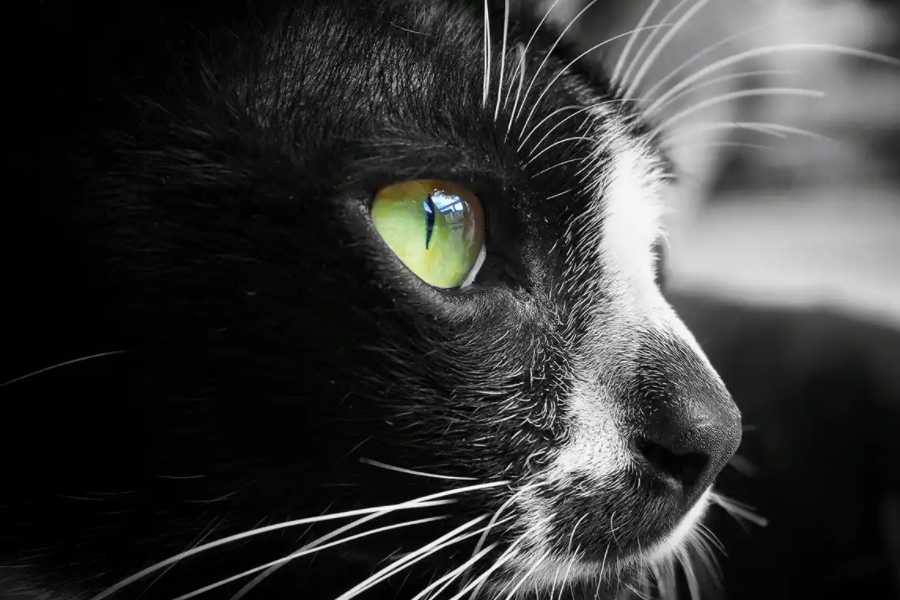
You should never cut a cat’s whiskers as it is extremely detrimental to a cat’s well-being. Cats use their whiskers for balance and sensory input.
Cutting or trimming whiskers will be very disorienting for a cat and will likely result in lots of confusion and fear. While cutting whiskers would not physically hurt your cat, it would result in a lot of mental and emotional damage.
10. Whiskers Can Change Color 🎨
You may be surprised to learn that whiskers can change color. The most common whisker color change that cat owners observe is graying whiskers. As cats age and start to develop gray hairs, their whiskers may gray as well.
After all, whiskers are hairs too. Whiskers going gray is a normal and common occurrence that has nothing to worry about. It just indicates that your cat is getting older and wiser.
11. Whiskers Protect a Cat 🛡️
Whiskers protect your cat in a variety of different ways. By providing your cat with a more in-depth understanding of the world around it, whiskers help prevent your cat from running into objects or getting stuck. However, whiskers also protect your cat in other ways.
For example, the whiskers around the cat’s eyes serve as a protective force, shielding the eyes from dust or debris.
12. The Word Whisker Has Interesting Origins 📚
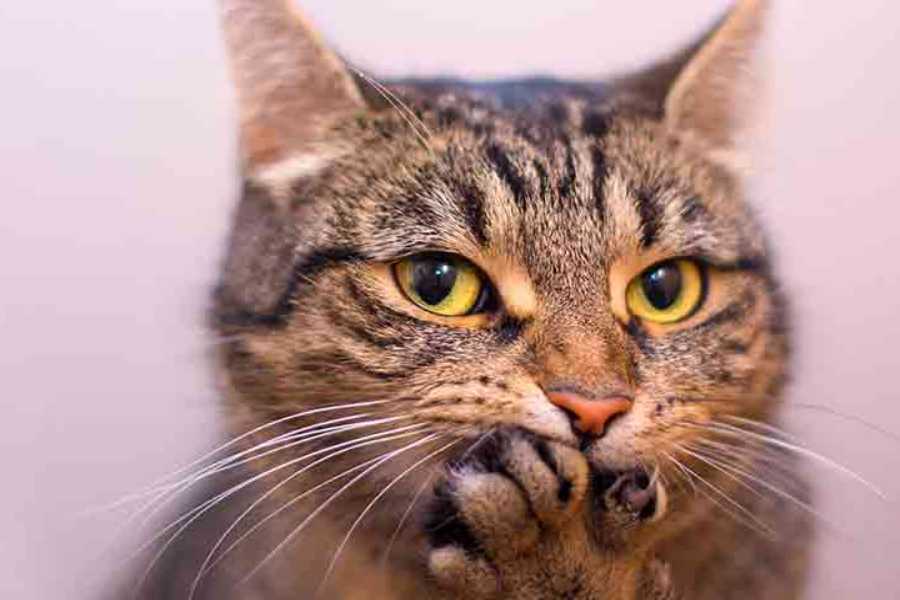
Just like the whiskers themselves, the word whisker is quite interesting. The word originated from the Middle English word whisker, likely around 1600, so the word itself is around four centuries old. Whisker means a sweeping or whisking movement.
Around the 1670s, it’s recorded as being used to describe animal lip hair, including a cat’s whiskers. The scientific name for whiskers, vibrissae, is also quite interesting. It’s a Latin word meaning to vibrate, which is quite fitting as whiskers often twitch and move.
13. Kittens Are Born With Whiskers 🐈⬛
Surprisingly, kittens are born with a full set of whiskers. They may be small, but they are very useful. Kittens are born with their eyes closed, meaning they cannot visually perceive the world around them. Their eyes tend to not open until their second week of life.
This is where whiskers come in handy to kittens. Whiskers act as a necessary connection to their environment, helping them to navigate their new world and keep them safe while their eyes are closed. That’s why the first few weeks of life, kittens rely especially heavily on their whiskers.
Conclusion 🐾
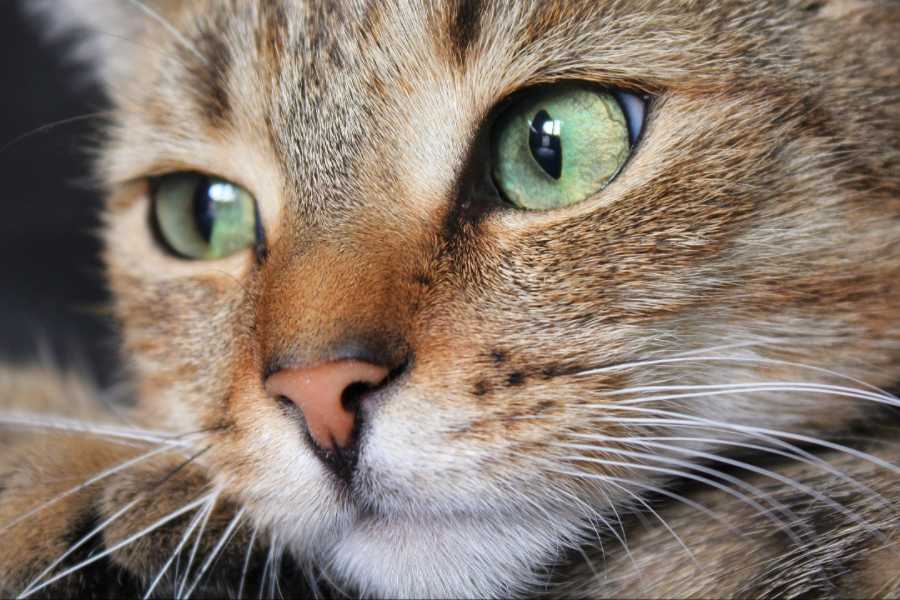
So, which of these facts about whiskers do you find the most amazing? Whiskers are an essential part of a cat’s life, helping them navigate their world, express their emotions, and even protect them from harm. ![]()
Remember, never cut or trim your cat’s whiskers, and if you notice any changes in your cat’s whiskers, it’s always a good idea to consult with a vet.
Tags
Share
Table Of Contents
Related Posts
Quick Links

